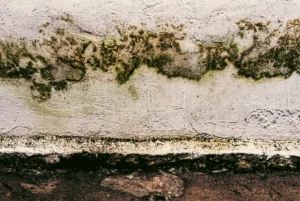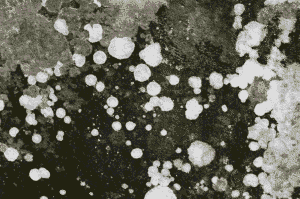As a property owner or tenant in New York City facing the looming August 2025 deadline for lead inspections, you’re probably wondering: “How long does a lead inspection take?”
It’s a fair question, especially when you’re trying to juggle schedules, coordinate with tenants, and comply with Local Law 31.
The main source of childhood lead poisoning is lead-based paint in older, deteriorated housing. In fact, children with lead poisoning may develop health, learning, and behavioral problems that can persist long after the exposure has stopped.
The CDC estimates that approximately 500,000 children in the United States have blood lead levels at or above the blood lead reference value. In New York City alone, the Health Department receives blood lead testing results for more than 300,000 children younger than 6 years of age each year.
Nobody wants to deal with lead inspection requirements, but they exist for a very good reason. Here’s everything you need to know about how long a lead inspection takes.
How Long Does a Lead Inspection Take?
If inspectors can access all the walls and windows in every room in your apartment, it should take no more than an hour. That’s the official word from NYC Housing Authority, and it applies to most standard apartments.
For a typical NYC apartment, you’re looking at anywhere from 1 to 3 hours for a complete lead inspection. The variation depends on factors like:
- Apartment size
- Accessibility
- The age of your building
- What the inspector discovers during the process
What To Expect During Lead Inspection?
Knowing what goes behind a lead inspection can help you understand the time it takes.
EPA-certified inspectors conduct a thorough scientific assessment using specialized equipment. The inspection involves X-ray fluorescence (XRF) testing, using an XRF machine to scan surfaces and determine where lead is present. If a surface tests positive, it will read 0.5 mg/cm² or higher, which is the threshold that triggers additional requirements.
Inspectors also complete a visual inspection, looking for any signs of chipping or cracking paint. They’ll examine window sills, door frames, walls, and other painted surfaces, paying special attention to areas where paint might be deteriorating.
Also Read: How Much Does XRF Lead Testing Cost in NYC?
Factors That Can Affect Your Inspection Time
While an hour is a good estimate to keep in mind, you could be looking at a longer time frame if the following applies to your home or apartment.
1. Property Size and Layout
Larger apartments obviously take longer.
If you’re dealing with a six-bedroom apartment with multiple bathrooms, you’re looking at the higher end of the time estimate. Each room needs to be thoroughly tested, and complex layouts with many painted surfaces require more time.
2. Accessibility
If furniture needs to be moved to access walls, windows, or other painted surfaces, that adds time. Inspectors need to test all painted surfaces, including those behind heavy furniture or in hard-to-reach areas.
3. Age and Condition of the Building
Pre-1960 buildings often have more complex paint situations. Multiple layers of paint from different eras, original architectural details, and potentially deteriorating surfaces all require more careful attention from the inspector.
4. Discovered Issues
If the inspector finds positive lead readings, they may need to conduct additional testing in surrounding areas. This is actually a good thing; you want to know the full scope of any lead issues, but it does extend the inspection time.
How to Decrease the Inspection Time?
You’ve got things to do and places to be, so how do you make sure your inspection stays closer to that one-hour mark? By preparing ahead of time. Here’s how:
- Clear Access: Move furniture away from walls and windows. Make sure all painted surfaces are accessible. The easier it is for the inspector to do their job, the faster they can complete it.
- Schedule Smartly: Choose a time when all residents can be present if needed, but the space isn’t crowded. If you have young children, consider having them stay elsewhere during the inspection, as this allows the inspector to work more efficiently.
- Document Everything: Have your building records ready. Inspectors may need information about previous renovations, paint work, or other modifications that could affect lead presence.
- Plan for Follow-up: If a lead is detected, you’ll need to address it. Understanding this upfront helps you prepare for potential next steps rather than being caught off guard.
What Happens After the Inspection?
How long does a lead inspection take? Typically, one hour. But this could go up to 3 hours. After the inspection, you’ll receive written documentation of the results. These records must be kept for 10 years and produced on demand, so make sure you store them safely.
If no lead is detected, you’re good to go until the next required inspection cycle.
If lead is found, you’ll need to address remediation requirements, but you’ll have clear documentation of exactly what needs to be handled and where.
When you’re ready to schedule your lead inspection and want to work with professionals, NYC Lead & Mold brings the expertise and efficiency needed to get your inspection completed accurately and on schedule.
Our EPA-certified inspectors know exactly what to look for and how to minimize disruption to your property! Give us a call today!






